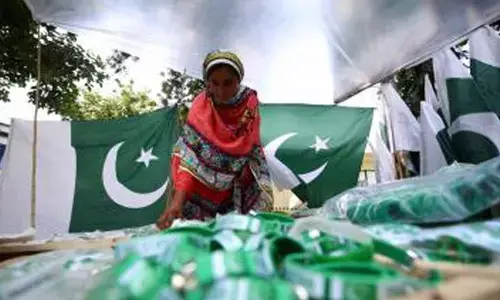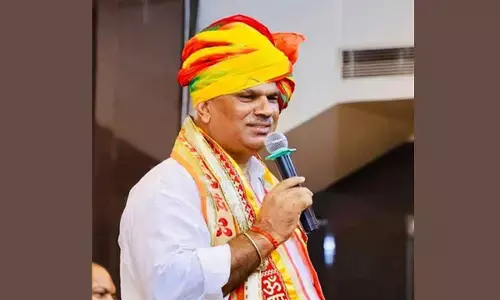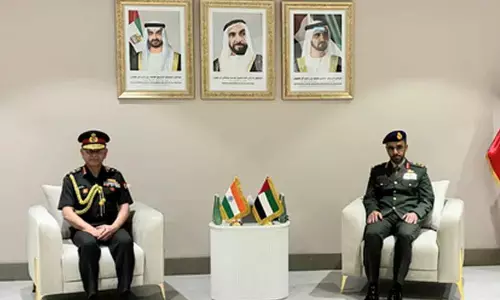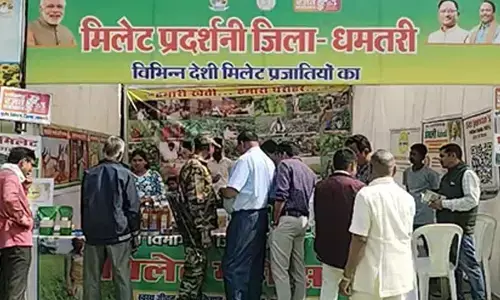Bilateral, multinational ties must for economic growth and social wellbeing
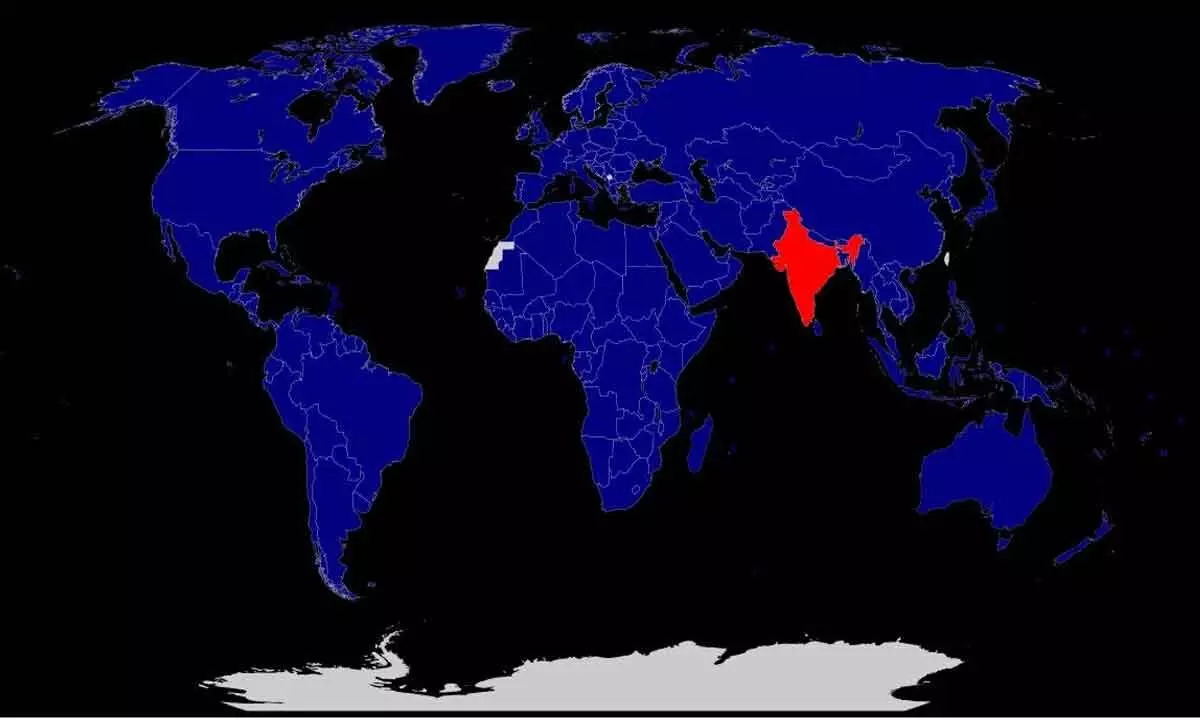
The world, today, is in a state of rapid flux, and faces many challenges, on various fronts. It is being increasingly realised, that no country can afford a ‘go it alone’ policy, and that constructive cooperation, both bilateral and multinational, amongst the nations of the world, is essential both for fighting the threats looming on the horizon, such as climate, change, terrorism, and poverty; and also to ensure sustainable and equitable overall development. Such cooperation is often seen, in different fields, such as political affairs, defence requirements and business interests. It is the key to helping developing countries build collective self-resilience and promote more sustainable and equitable economic growth and social wellbeing.
The need, for such effort, is especially critical, for a country such as India, given its large population, and the diversity of its people, in terms of cultures, languages, and ethnic backgrounds, as well as its sharply varying climatic conditions.
Despite having registered commendable progress on various fronts, from agriculture to space exploration, and from nutritional security to higher education, India has a long way to go, before it can rest on its oars. Not the time, yet, to bask, in the satisfaction, of having met the basic needs of the majority of its population, both in terms of accessibility, and availability. Many scourges continue to pervade the environment, including poverty, backwardness, insecurity of women, children, and the elderly, distress in the farming community and intolerance, to mention just a few.
In its initial efforts to build infrastructure, and establish institutions of excellence, in fields such as medical and health care, heavy industry and higher education. India did seek, and receive, substantial support, and assistance, from major powers, such as the USA, and the erstwhile USSR, besides the World Bank. That, in spite of its professed, as well as practiced, philosophy of non-alignment.
If one sits back, and looks at the large picture, however, one realises that, despite its most energetic, and innovative, development strategies, and a cautiously aggressive foreign policy, there is not much to write home about, in terms of where it stands, in the Comity of Nations today. Whether it be in the SAARC region, the ASEAN region, or the United Nations Organizations, its position is somewhat akin to Oscar Wilde’s description of George Bernard Shaw, of having no enemies, but being disliked by all friends!
The alumni, of the institutions of higher education, such as IITs, and IIMs, have, no doubt, enhanced greatly, the image of India in the eyes of other countries. In areas such as the Silicon Valley in the state of California in the USA, in particular, the diaspora have done the country proud. The practices, followed by Indians, in some other parts of the world, particularly East Africa, have, however, gained little goodwill for it, in the eyes of the international community.
Going forward, India needs help, and support, from various countries in different fields of its development effort. Some significant examples include the use of small machines, for use in agriculture, where Japan can help. In micro irrigation, Israel has, already, helped India tread new ground. The Middle Eastern countries can, similarly, play a substantial role in helping the supply line, of crude oil, for energy requirements.
South-South cooperation offers a flexible, agile and innovative, framework which enables developing countries, in the southern hemisphere, exchange resources technology and knowledge. Over the decades, countries of the Global South have played an increasingly important role in the world economy. They now contribute to more than half of the world’s growth. South-South trade has soared over the years to hit $5.3 trillion in 2021. The volume of trade between developing countries is now higher than that between developing and developed countries.
The 2014-2016 Ebola outbreak in West Africa was the largest and most complex since the virus was first discovered, with more deaths. The Secretary-General of the United Nations, and the Director- General of the World Health Organization (WHO), called for an international response, to aid the populations of the countries, affected by the epidemic. In response the Government of Cuba stepped in, saving hundreds of lives, of both affected people, and others, potentially threatened by the disease, in the three affected countries. The Brigade is a Cuban group of medical professionals, established by Fidel Castro, with the mission of international medical solidarity.
India showing Zambia how to convert cotton by-products into clean energy, and create jobs, Colombia sharing its strategies, to reduce hunger, with Mesoamerican countries, and China working, with Uganda, to improve the resilience, and livelihoods, of farmers, are all examples of South-South cooperation.
The Food and Agriculture Organization (FAO) of the United Nations had, in the year 1997, sponsored an arrangement between India and Eritrea under what was then known as the ‘Telefood’ programme, as part of its South-South cooperation initiatives. I had an opportunity to play part in the arrangement, when, as the Joint Secretary in charge of the International Cooperation division in the department of Agriculture and Cooperation in the ministry of Agriculture in the government of India, I was asked, by the Secretary of the department, to lead a team to that country comprising an expert on agriculture research and another on groundwater exploitation. We first proceeded to the FAO headquarters in Rome, where we were briefed on the objectives of the mission and the procedures involved. Thereafter, we went to Asmara, the capital of Eritrea. We were pleasantly surprised when the local Indian diaspora, comprising largely teachers, who were alumni, of the mathematics department of Osmania University in Hyderabad, hosted a get together for our team.
After calling on the Minister of Agriculture of Eritrea and exchanging views on the outlines of the proposed programme, we proceeded to visit some places in the rural areas of the country in order to understand in detail the conditions in the field. After four days, we returned to India to put the details of the project together. The follow-up action went off smoothly, and the project ran its course, producing very satisfactory results.
It is necessary to end this pierce on a note of caution. Like all other good things, there can be such a thing as excessive cooperation, either in terms of objectives sought to be achieved, or the number of countries coming together. The purposes need to be small in number and clearly defined. Likewise, the alliances should comprise likeminded members comfortable with one another. Else, the too many cooks phenomenon can kick in.
On a lighter note, the greatest advantage of group effort, a wise guy has noted, is that one can always blame somebody else if things go wrong!
(The writer is formerly Chief Secretary, Government of Andhra Pradesh)









